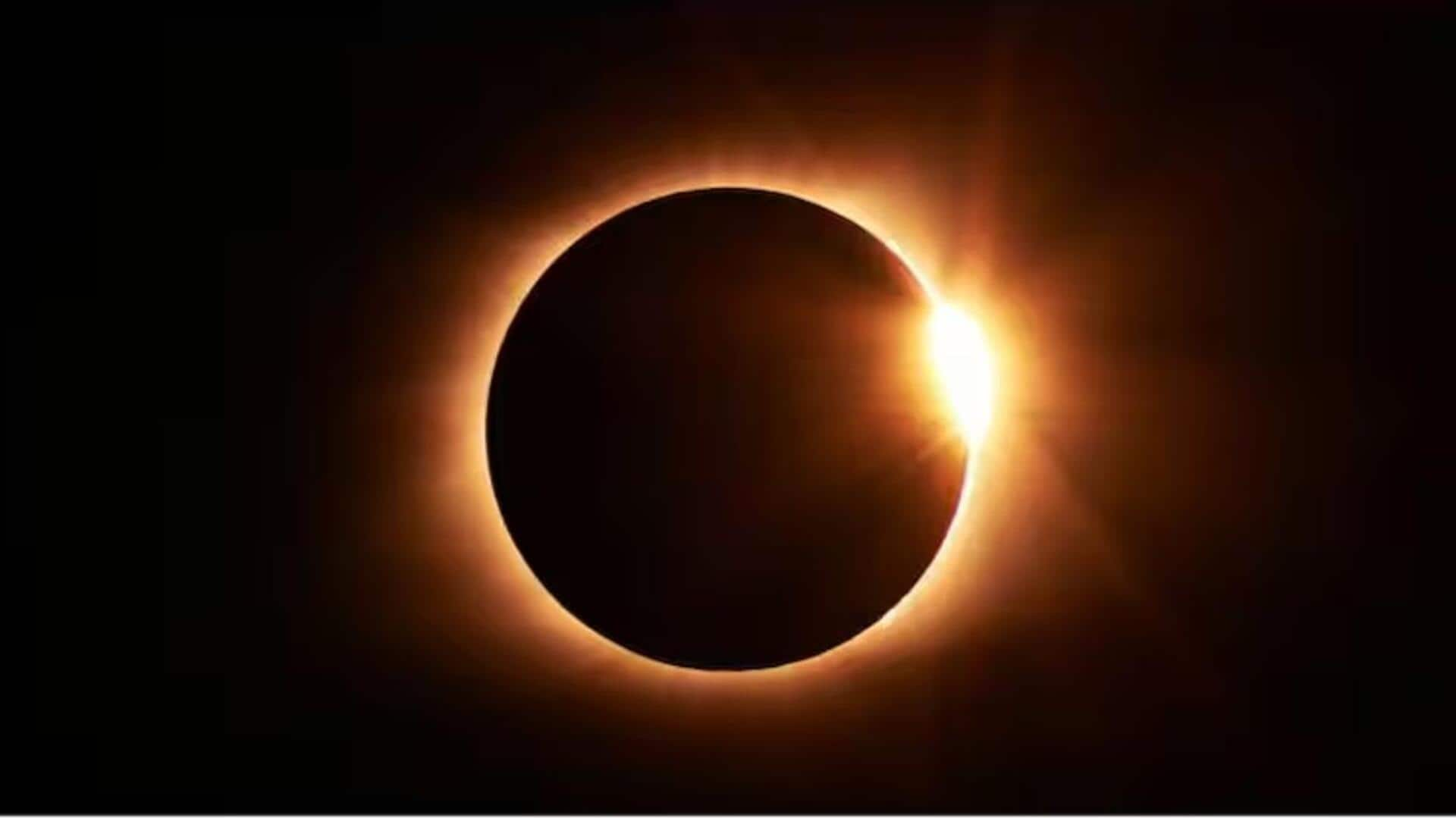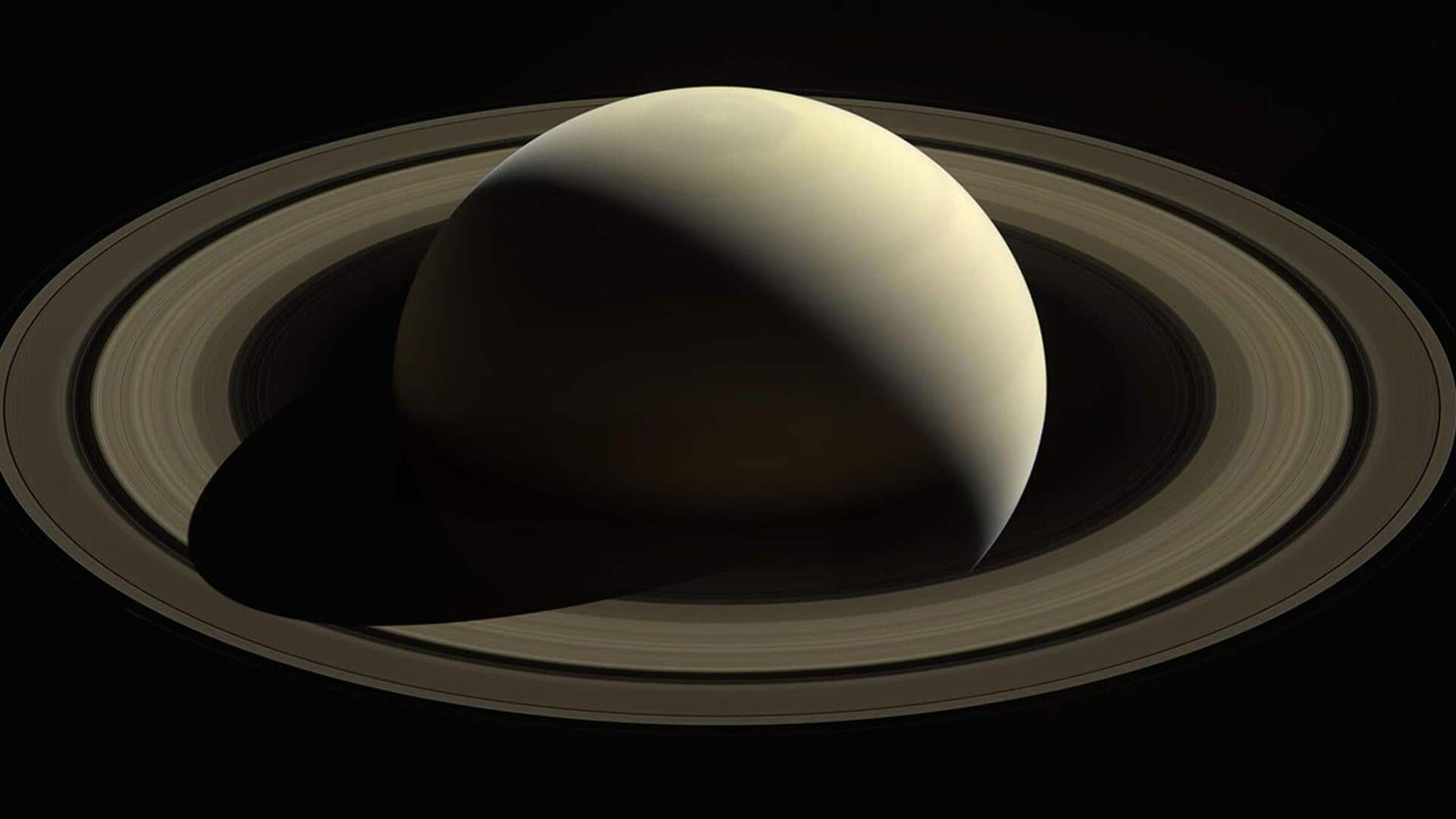**What Makes the Total Solar Eclipse in 2028 Special?**
*By Dwaipayan Roy | October 5, 2025, 6:42 PM*
On July 22, 2028, a spectacular total solar eclipse will sweep across Australia and New Zealand, captivating millions of skywatchers. This event is especially significant for Sydney, as it will be the first total solar eclipse visible from the city since 1857.
### Eclipse Path and Trajectory
The eclipse’s path of totality will stretch approximately 230 kilometers wide. It will begin at sunrise over the Indian Ocean, passing over the Cocos and Christmas Islands. From there, the Moon’s shadow will cross through Western Australia, the Northern Territory, Queensland, New South Wales, and finally reach New Zealand across the Tasman Sea.
The point of maximum totality—lasting an impressive 5 minutes and 10 seconds—will occur near the Drysdale River in Western Australia.
### Duration and Coverage
This total solar eclipse will last a total of 2 hours and 49 minutes from the first landfall to the final contact. The eclipse will cover a path approximately 11,976 kilometers long, with an estimated 6.3 million people living within the path of totality.
Popular locations where eclipse chasers are expected to gather include Direction Island and South Point on the Cocos Islands, Scott Reef in the Indian Ocean, and Lamarck Island in Australia.
### Viewing Conditions and Weather
Sydney residents will witness a totality duration of around 3 minutes and 44 seconds during the eclipse. However, clear skies are essential for the best viewing experience, and weather conditions could play a crucial role.
Historically, some locations have shown varying cloud cover rates on July 22: Kununurra has experienced clouds about 11% of the time since 2000, while the Bungle Bungles and Karlu Karlu regions have had cloud cover rates of approximately 10% and 23%, respectively.
### Upcoming Solar Eclipses
In addition to the total eclipse, a partial solar eclipse will be visible across Australia, New Zealand, and Southeast Asia on the same day, July 22, 2028.
Looking ahead, several more total solar eclipses will follow in the coming years:
– November 25, 2030
– November 14, 2031
– March 30, 2033
– March 20, 2034
– September 2, 2035
– July 13, 2037
– December 26, 2038
This 2028 eclipse presents a rare opportunity for millions to witness one of nature’s most awe-inspiring phenomena. Mark your calendars and prepare for an unforgettable celestial show!
https://www.newsbytesapp.com/news/science/mark-calendars-total-solar-eclipse-to-darken-australia-new-zealand/story


